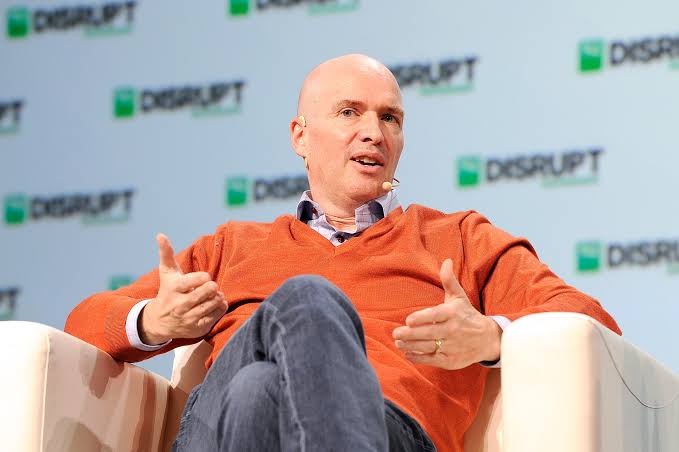Chris Dixon, general partner of A16z, places more emphasis on the activity of business owners and developers than on price.

Private American venture capital firm Andreessen Horowitz (a16z) is now one of the main casualties of the crypto market crisis that started in the spring. The business said that despite the slump, it is still committed to “the crypto-centric vision of the internet termed Web3.”
Chris Dixon, a general partner at the company and the firm’s primary decision-maker on crypto investments, promised in comments to the Wall Street Journal that he would keep investing in the market despite losses in an article about a16z’s involvement in cryptocurrencies that was published on October 26.

Given that the cryptocurrency market is still in its infancy as far as user acquisition is concerned, Dixon said he thinks it has “a very long-term horizon.” According to him, the market slump presents a chance for the business to keep supporting cryptocurrency entrepreneurs:
“What I look at is not prices. I look at the entrepreneur and developer activity. That’s the core metric.”
However, after its primary cryptocurrency fund, launched in 2018, lost over 40% of its value in the first half of 2022, a16z has modified its optimistic policy on crypto assets. Compared to the 26 announcements made in Q4 2021, just nine deals with cryptocurrency businesses were revealed in Q3 2022.
The cryptocurrency market’s rapid innovations have benefited a16z significantly; the company witnessed returns of roughly 10x after investing in the exchange Coinbase in 2013 and a 100x increase in the value of the nonfungible token marketplace OpenSea, which it backed in 2021.

Golden, a decentralized knowledge protocol, received $40 million in funding from a16z on October 3, and the organization’s general partner Ali Yahya and co-founder Marc Andreessen joined Golden’s board of directors.
The amount of venture capital spent in the blockchain industry in August 2022 was $1.36 billion, according to statistics from Cointelegraph Research, a 12-month low and the fourth straight month-over-month fall in capital inflows.